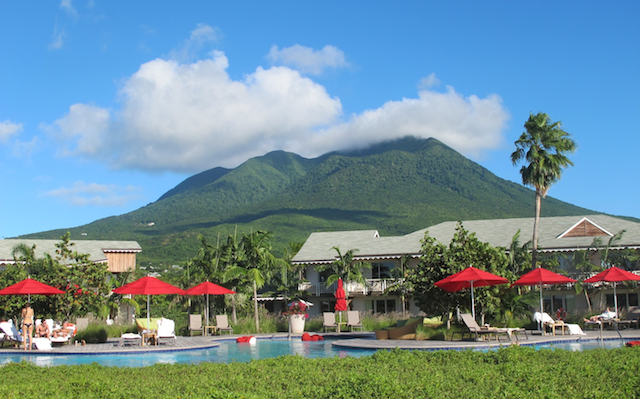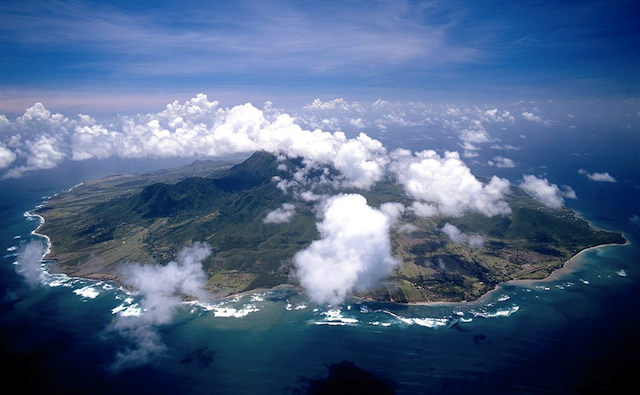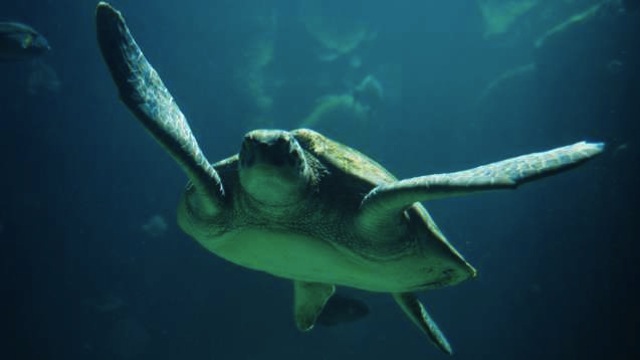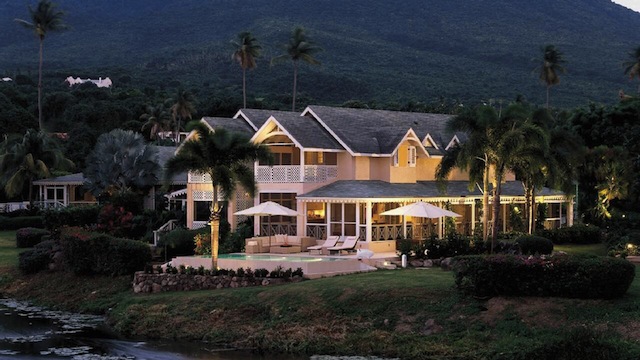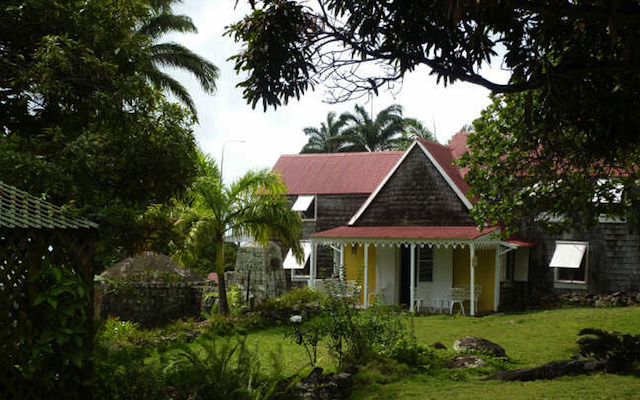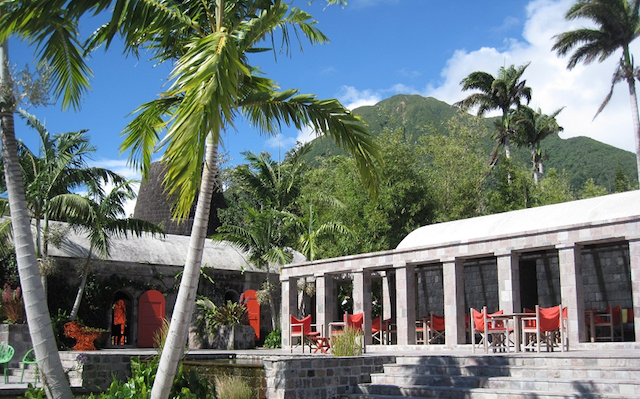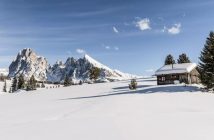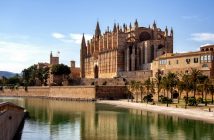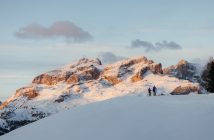We extended our family on Nevis. Much to our surprise. Because it certainly wasn’t planned.
But, nevertheless, we came back from the West Indies with a new family member and a beautiful memento of a very happy and relaxing fortnight’s holiday in the Caribbean.
She is a girl and she weighs over twenty stone. She has no teeth and has very large paddle-like feet. Her skin is also very leathery. She is quite cumbersome and only active for small parts of the day. If she follows anyone, she follows my wife. Although admittedly that lady hasn’t started attacking small boats. Yet.
Every guest at the Four Seasons Resort on Nevis adopts a turtle. Every visitor comes away with a tan and a critically endangered Leatherback. Ours is called Idun.We have never met and I didn’t have to pay excess luggage to bring her back home. Excess baggage on massive marine old Chelonians is ridiculously prohibitive.
Nevis’s Adopt-a-Turtle programme is run in association with the Caribbean Conservation Corporation and the Sea Turtle Survival League. Green sea turtles and hawksbill turtles are also involved. The animals are electronically tagged while nesting and you can track their movements on a website. Some can travel as much as six thousand miles. That’s as far as Canada. And, as far as I can trust satellites, Idun is presently somewhere off Chiriqui Beach, Panama.
The Four Seasons is the biggest and best hotel on the most laid-back and perhaps least known of the Caribbean islands. The resort has one of the finest spas and most scenic golf courses in the West Indies as well as what they describe as ‘the full spectrum of vacation facilities’. But its biggest draw are the unbelievably luxurious private villas complete with infinity pools, wall-to-wall chambermaids and plasma screens in every room.
Child-friendly – although big enough to get away from them (yours and everyone else’s) – the resort rightly boasts the best restaurants on the island and Mango’s, right on the sea by the eighteenth green overlooking the sister island of St Kitts, is the best. Agro-tourism is important to the offering and, as a result, as much local produce is used as possible. And, as you’d expect, the fish is very popular; presumably because few spa-mad wives want their faces rubbed with blackened mahi mahi or singed wahoo.
Oualie Beach Hut is a small gingerbread cottage colony on the water’s edge boasting its own resident marine biologist. Subaquatic expert Barbara Whitman will take you snorkelling and show you amazing colourful and odd-looking things in the clear, shallow waters. Most are native to the reefs. Only a few are American.
Nevis (which you quickly learn is pronounced Nee-vis) is a short WINAIR flight from Antigua. Princess Diana made the island famous when, seeking privacy after her separation, she fled there and stayed at the exclusive Montpelier Plantation Inn.
There are four other similarly exclusive plantation inns on the island; the Old Manor House,the oceanfront Nisbet and the Hermitage. The main house of the latter is the oldest wooden house on the island, even the oldest wooden house in the Caribbean with a sitting room dating back to 1670. The gardens boast a rich variety of fauna and foodstuffs; mango trees (a native of India brought to the Caribbean in early 1700s), breadfruit (brought from Tahiti by the British to feed the slaves, who rejected it as it was used as pig feed), night-blooming cereus, royal palms, coconuts (the milk is called ‘jellywater’), sea grape trees, tamarind and ‘flamboyant’, the national tree of Nevis and St Kitts.
‘Golden Rock’, up in the hills on the edge of the rainforest, has a collection of pastels by the famous painter, the late Dame Eva Wilkin, who had her studio at Clay Ghaut in Gingerland. Co-owner Pam Berry likes to sweet talk her guests, more often than not with history lessons, providing a fascinating insight into the island and the plantation. Take, for example, Christopher Columbus, who, in 1493, called Nevis “Nuestra Senora de las Nieves” (Our Lady of the Snows) after its one cloud-capped peak, and brought sugar plants to the New World from the Canary Islands. The discovery of tea in India made the Europeans suddenly sweet-toothed and, at one stage, slaves outnumbered the English 1000-1. St Kitts was the centre of the industry.
The land in Gingerland was originally purchased by Pam’s family in 1801. She visited the island for the first time from Philadelphia in 1963 and took over the hotel twelve years later. “Our reception area is the old counting house,” she tells me, “where they counted the hogsheads. It goes back to 1801. The Drip House is where they purified the water. You can stay in our sugar mill suite and be a part of history in any part of the plantation”.
Nevis’s tenure as a sugar producer faced inevitable decline. “The sugar industry ended mainly because of the size of Nevis and St Kitts,” Pam explains, “Neither could compete with or modernize at the same rate as other countries and, eventually, young locals refused to work the fields because it was too hard and too hot. Bar work and water sports paid better. Sugar production officially ceased on the two islands in July 2005.”
We learned many other things on Nevis, too. There are over two hundred species of turtle, and lay up to 175 eggs between May and August. And did you know that turtles extract salt from seawater using glands located above their eyes?
It was all very educational. I discovered much about the real Caribbean, as well as my own family. Two days after returning home I noticed that I had been replaced in my wife’s affections by our newest addition. A photograph of Idun now stands on my wife’s bedside table in place of me.
When questioned on her motives, she tells me that she has merely replaced one ancient order of reptile for another.

